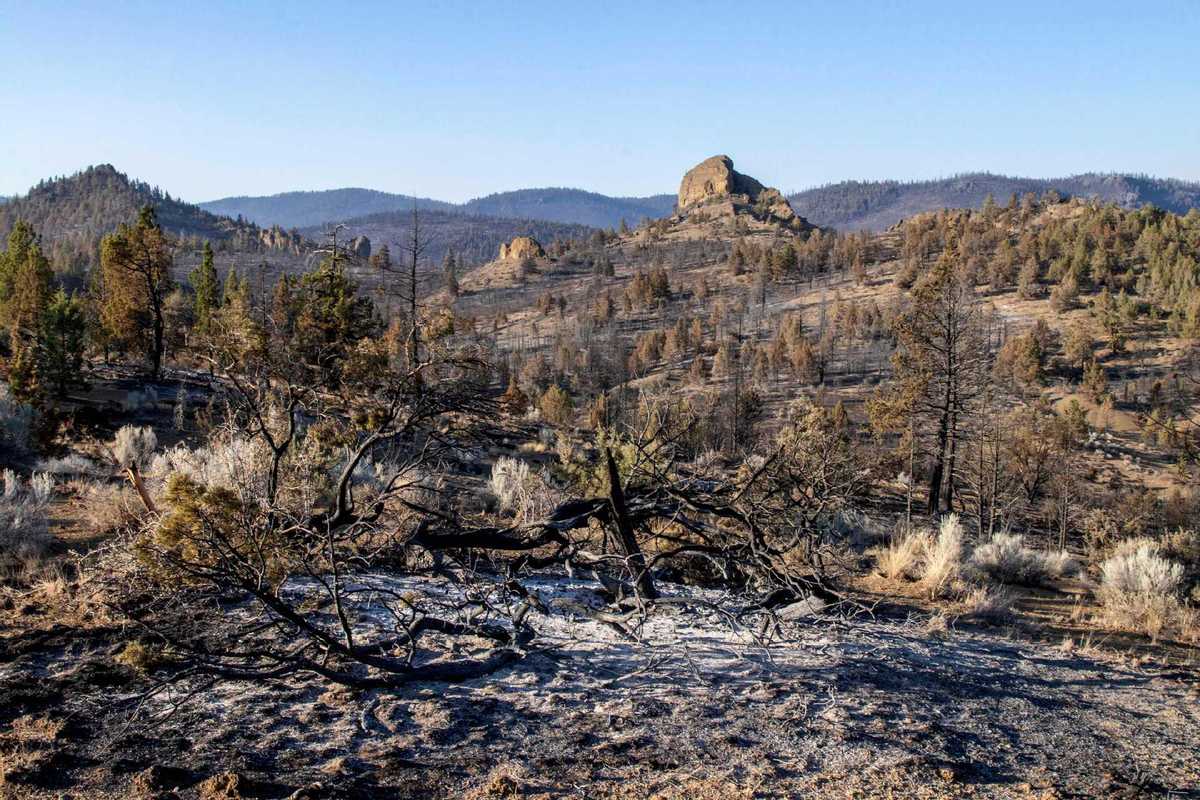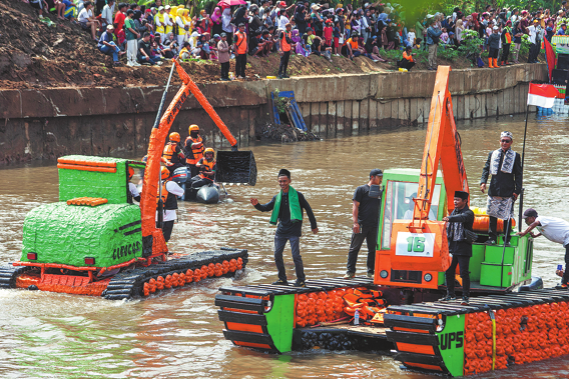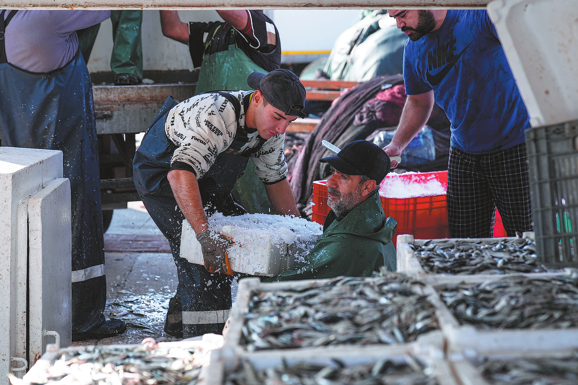Pundits warn drought blanketing western US to have disastrous result


The largest wildfire raging in the country had scorched 394,407 acres (1,596.1 square km) with 32 percent containment, according to the information updated Wednesday noon by Inciweb, an interstate incident information system. However, the authority warned the fire would continue to spread over the next several days due to tinder-dry vegetation and strong winds.
Moreover, the Northern Rockies and High Plains have been sweltering under intense heat since the weekend, the latest heat wave to hit the West this summer.
Spinrad said, "this is only the start of the wildfire season out West."
"Let me be clear: The climate crisis has made fire season in Oregon more prevalent and dangerous, and we must work together to maximize resources and protect our communities," Oregon Governor Kate Brown wrote Monday on Twitter.
The drought has been particularly hard for Western farmers and ranchers, many of whom are facing water scarcity that is stunting crops and thinning herds as ranchers sell livestock because of feed shortages, Jeff Schafer, a feedlot owner in North Dakota and president of the North Dakota Stockmen's Association, noted at the meeting.
He described a landscape of crops in his state that are "boot high instead of armpit high," pasture grass that "never did turn green," and cows grazing "on brown grass in June."
"We're seeing 10 percent to 25 percent herd reductions," Schafer said, noting the effects of a widespread shortage of animal feed.
North Dakota specializes in durum and hard red spring wheat, and while parts of the state saw rainfall in June, 50 percent of its wheat crop is rated poor or very poor condition, according to a July 13 report from the North Dakota Wheat Commission (NDWC).
Overall, even though the country's breadbasket, including Kansas, Oklahoma, Nebraska, and much of Texas still can provide enough food to market, high quality wheat planted in Upper Midwest, such as North Dakota, South Dakota, Montana, could have a huge loss.
Only 16 percent of the U.S. spring wheat crop was rated good to excellent, according to the NDWC's report.
Many scientists studying California's drought pointed to 1976-77 as a "worst-case scenario" benchmark. However, Forrest Melton, program scientist at the NASA Western Water Applications Office, told the Los Angeles Times Wednesday that there are several key differences that make today more challenging than even that era.
In 1977, California was cooler than it is now, Melton said, and the state was home to about 15 million fewer people. Warming temperatures and a growing population have only driven up use of resources and the demand for reliable water.
Experts at Tuesday's meeting also compared the current Western drought to the Dust Bowl, which hit parts of the West and the Great Plains in successive waves in the 1930s.
"This has been a more prolonged period of drought that's occurred than back in that era. We're looking at nearly two decades," said David Simeral, a climatologist from the Desert Research Institute. "Starting around 2000 or the late 1990s, we've seen many years of below-normal precipitation."































